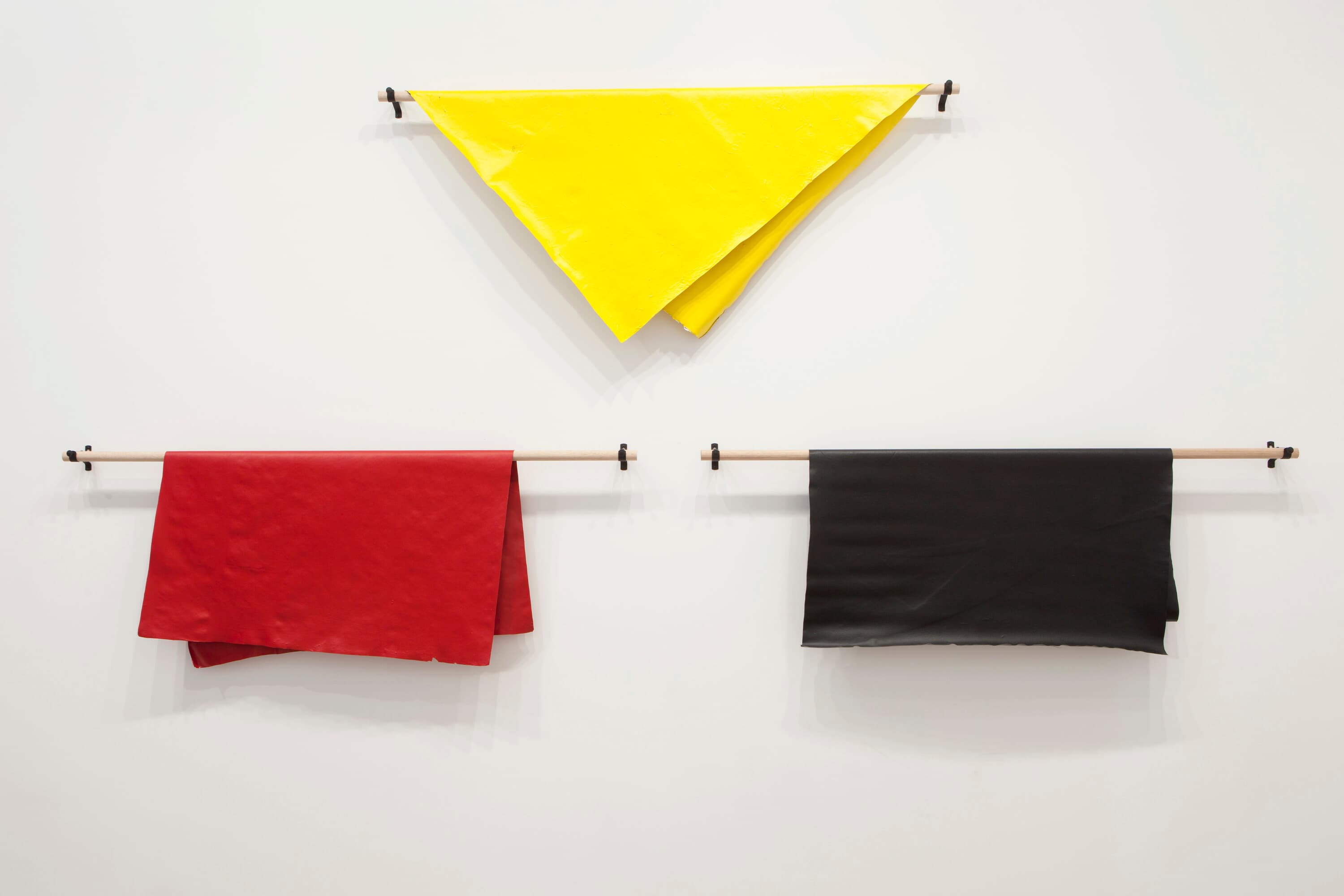Isa Genzken, 75/75, Neue Nationalgalerie Berlin
Isa Genzken’s 75/75 retrospective at Berlin’s Neue Nationalgalerie lands her sculptures in a glass-walled “lobby,” a space between utopian modernism and corporate sterility. From her precise Ellipsoids to chaotic assemblages, the show clarifies her art’s ongoing friction with architecture, history, and sculptural convention.
In 1992, Benjamin H. D. Buchloh published “Isa Genzken: The Fragment as Model,” an essay that traced the art historical influences of German artist Isa Genzken onto her early sculptural practice. Buchloh eventually arrives at the legacy of American hard-edge painters Ellsworth Kelly and Barnett Newman, two key figures for Genzken, particularly during her time in Düsseldorf during the 1970s. Kelly and Newman were of course known for their mammoth canvases, their bold blocks colour, and their departure from the more fluid and gestural style of abstract expressionism.
Exclusive to the Magazine
Isa Genzken, 75/75, Neue Nationalgalerie Berlin by Camille Orel is featured in full in Issue 1 of Memo magazine.
Get your hands on the print edition through our online shop or save up to 20% and get free domestic shipping with a subscription.
Related

Archie Moore’s minimalism plays a formalist trick on a settler audience that sees only an Aboriginal flag, never the painting itself.

At a time when all these elements are easily replicated by AI and memed on social media, what is often called Anderson’s “twee” aesthetic continues to be derided as all style and no substance.
